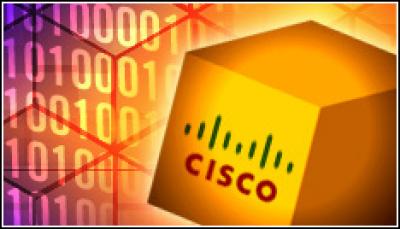

Cisco announces that it will be acquiring Pure Digital Technologies, which manufactures the Flip Video device, a compact digital camcorder that has sold 2 million units in the United States since its introduction.
The agreement, announced this week, is expected to close in the fourth quarter of fiscal 2009, and has Cisco paying $590 million (£404m) in stock for Pure Digital, on top of another $15 million (£10.2m) in retention-based equity incentives.
The Flip Video, which has sold more than 2 million units in the United States since its rollout in 2006, is a stripped-down digital camcorder with a switchblade USB jack. In November 2008, Pure Digital released the Flip MinoHD, capable of shooting video at a 720p resolution that can then be displayed in a widescreen 16-9 format on a PC.
“The acquisition of Pure Digital is key to Cisco’s strategy to expand our momentum in the media-enabled home and to capture the consumer market transition to visual networking,” Ned Hooper, Cisco’s senior vice president of Corporate Development and Consumer Groups, said in a statement.
The latest move by Cisco capped a week of significant announcements for the company. On 16 March, Cisco unveiled its Unified Computing System initiative, which means that Cisco will not only delve deeper into the data center, but the company will also begin building its own line of blade servers, which puts it in direct competition with Hewlett-Packard, Dell and IBM.
Within hours of the announcement, analysts were still trying to figure out in more detail how the acquisition of Pure Digital, which is privately held, will fit into Cisco’s broader strategy. At the very least, the move suggests that Cisco wants to buttress the video side of its business, particularly with regard to consumers.
“There must be a backend here that’s of value to Cisco,” said Ken Dulaney, a Garter analyst. “Otherwise, I don’t see how [Pure Digital] can match against Samsung or Panasonic, which can produce products like this quickly and easily.”
Other analysts saw the acquisition as part of a purely consumer-centric play.
“One of the top priorities at Cisco is everything video, from telepresence rooms to consumer video,” said Lee Doyle, an analyst with IDC. “This [agreement] would seem to fit into the more consumer side of that. Video traffic from the consumer side will make more money for them.”
Cisco has been working diligently to shed its “pipefitter for the Internet” image and become a major player in the next-generation data center, an effort largely centered on its Cisco VFrame Data Center appliance.
The company has also joined IT’s rush to cloud computing with initiatives such as its new suite of managed, hosted and hybrid e-mail security services.
American space agency prepares for testing of Boeing's Starliner, to ensure it has two space…
As UK and Europe develop closer military ties, European Commission says it will invest €1.3…
Zuckerberg seeks to revive Facebook's original spirit, as Meta launches Facebook Friends tab, so users…
Notable development for Meta, after appeal against 2021 WhatsApp privacy fine is backed by advisor…
First sign of shake-up under new CEO Lip-Bu Tan? Three Intel board members confirm they…
Trump's nominee for SEC Chairman, Paul Atkins, has pledged a “rational, coherent, and principled approach”…